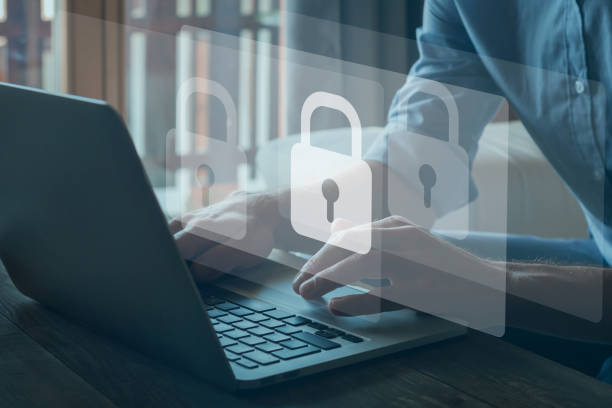The Internet is the best digital thing of the 21st century: we can find the information we need in minutes, build social connections, and complete banking transactions. However, the Internet is flooded with malware. Users claim that the Internet has become a minefield. More people began to ask questions: is this website legit, is this link infected, is it possible to click on pop-up ads? It’s hard to enjoy your digital world when worry and suspicion are so strong in the trend. Therefore, we have prepared a step-by-step guide on how to check if a website is safe to make you feel more secure.
Check Website Visual
Visual is not only about design, font size, and content. The safe visual of the site is the URLs and the presence of HTTPS. Let’s look into this in more detail:
- The URL address must look legitimate. Before clicking any link, hover over it and look at the bottom left corner of the screen where the URL is displayed. The first sign that indicates that the platform is fraudulent is an authentic style. At first glance, you might think the URL looks like the real McCoy. However, by carefully examining the URL, you may find 1 instead of an l or .net instead of .com. Hence, get into the habit of checking every URL before clicking or entering personal information such as username and password.
- The website must contain HTTPS encryption. Think of the first letters you see at the beginning of each URL. These letters stand for Hypertext Transfer Protocol (HTTP). Simply put, this is how data is transmitted on the Internet. It’s undoubtedly useful, but it’s easy to hack. However, the website is secure if HTTP has an “s” at the end (HTTPS) and a sign icon. Websites with a padlock icon in the address bar and the HTTPS prefix are securely encrypted and have a trusted SSL certificate. In other words, this encryption provides a secure connection between the browser and the website. If the platform does not contain a padlock icon or HTTPS, it is strongly recommended not to share your data with the website.
Remember that cybercriminals are incredibly resourceful and go to great lengths to find ways to trick you. Even though HTTPS: websites are more secure, you can still fall into the trap of scammers. Therefore, use additional security tools to increase your level of privacy.
Apply Website Security Tools
It’s not hard to check the reputation of a website. You only need to learn three ways how to authenticate an online platform:
- Use the browser’s built-in tools. The security measures available in your browser are the information you should read first. Go to your browser settings and carefully study the privacy and security section. You will most likely find the automatic settings weaker than you need. Manually set up security rules to make you feel more comfortable. Block pop-ups, prevent automatic downloads and don’t allow tracking. Security options will vary from browser to browser.
- Run an online website security check. Many platforms automatically detect the security of a website. However, we recommend VirusTotal as the tool checks the platforms rigorously for viruses and rogue elements. To check a website, you must enter the URL you want to scan in the corresponding field, and the system will instantly provide a report.
- Install web security tools. To increase your security level, protect yourself with a top-notch VPN. We recommend VeePN as the fastest, most reliable, and most accessible VPN service to protect your online privacy. The platform delivers VPN for IOS and Android, has 256-bit solid encryption, over 2500 VPN servers, and unlimited traffic. This allows you to access blocked content, remain anonymous online, and block government or ISP surveillance.
Fully Explore the Website
Four three indicate whether a website is secure:
- Check out the website’s contact details. Check the contact details if you have applied all the above methods but still doubt the site’s safety. Click on the “Contact Us” section or something close to this and call the indicated phone numbers. If a company picks up the phone and answers your questions competently, it shows its website is secure.
- Check if the URL has a privacy policy. This information is often placed at the end of the website or in the About Us section. If the website does not have a privacy policy, the company is not responsible for the distribution and storage of your data. Therefore, the website is not secure.
- Find the owner of a website’s domain using WHOIS. It would seem that the Internet is a web where it is difficult to find the owner of a domain. However, you can determine who owns the domain by checking the public records available through WHOIS lookups. The system will issue not only the owner’s name but also the domain registration date.
You don’t have to be an experienced programmer to bring a website to clean water. With these simple methods, you can quickly determine if a website is legitimate, reducing the risk of scammers falling into the hands.

